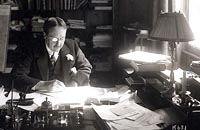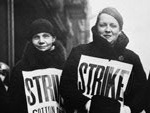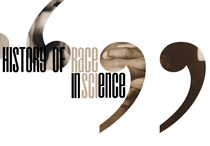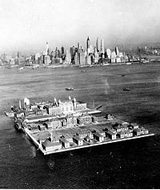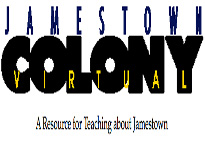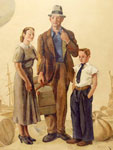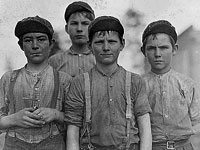As the presidential campaigns of Barack Obama and Mitt Romney move into full swing, both men have to stake out positions on many issues. From health care to economic revival to the environment, Obama and Romney make promises and set priorities.
So far, one of the defining issues of 2012 has been immigration: How should the U.S. handle illegal immigration and possible immigration reform?
Put the issue into perspective for your students by providing them with resources on immigration in U.S. history. The U.S. today rests on the heritages of many different peoples — from a land populated by native peoples to a country founded by colonists to a world power that both welcomed and restricted immigration at different times.
Where to start? Historian Alan Gevinson outlines the ups and downs of immigration from the 1870s to the 1920s in Ask a Historian, but remember that the arrival of newcomers to North America began much earlier! Who were the ancestors of prehistoric peoples like the Mississippi Moundbuilders? Check out the website Peopling North America for some theories.
The original English colonists may not have seen themselves as immigrants, but they were certainly newcomers to an already-peopled land. A lesson plan on Jamestown explores early contact between English and the Powhatans.
Other early Americans came to the English colonies against their will. Atlantic Slave Trade and Slave Life in the Americas: A Visual Record can introduce students to the brutal separation of Africans from their homelands and their sale to the Americas. What regulations managed the slave trade? When was it stopped in the U.S.?
As the U.S. developed and its boundaries expanded, national views on immigration have shifted multiple times. In Lesson Plan Reviews, we look at lesson plans on Asian immigration through Angel Island, Jewish immigration, and living conditions in tenements after the Civil War. (For more on Jewish immigration, visit our Beyond the Textbook feature.)
Browse more than 100 Website Reviews for primary sources on the lives of immigrants throughout U.S. history. Or find suggestions for teaching about immigration in Ask a Master Teacher.
